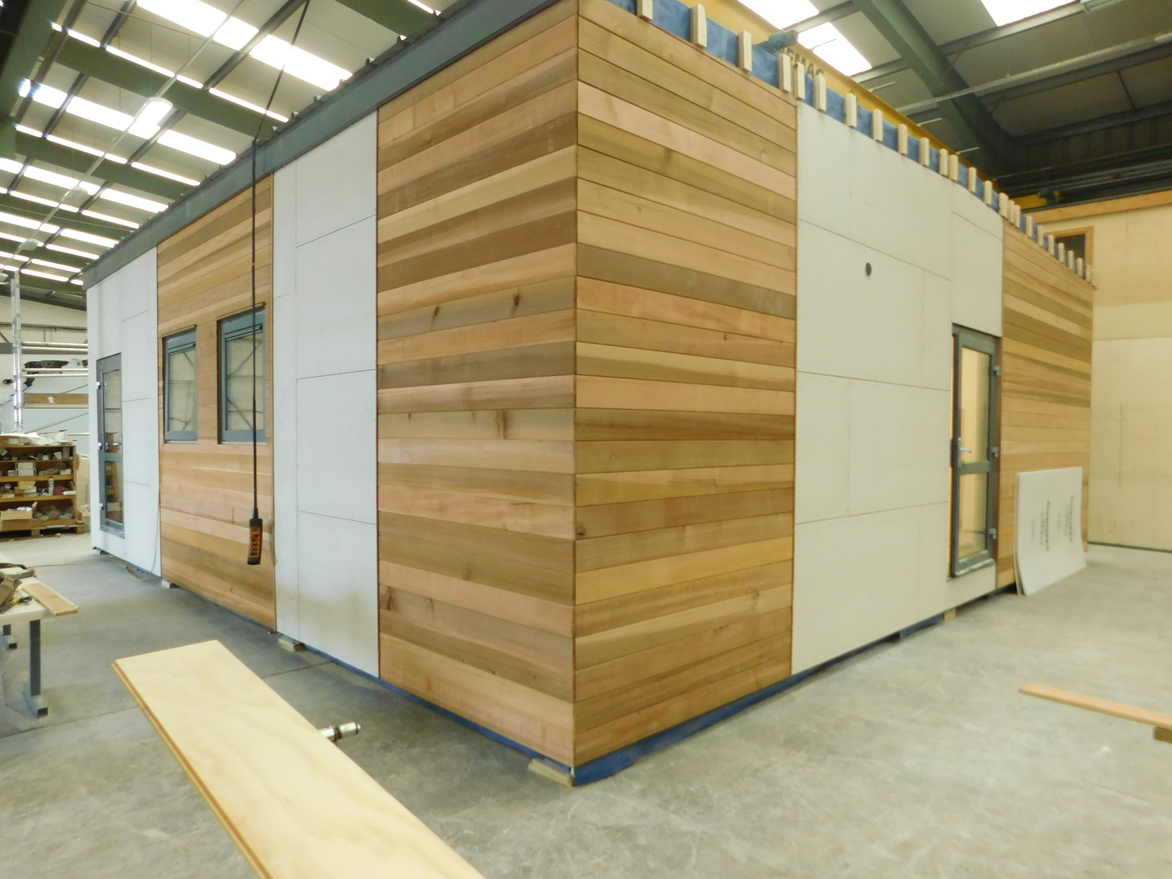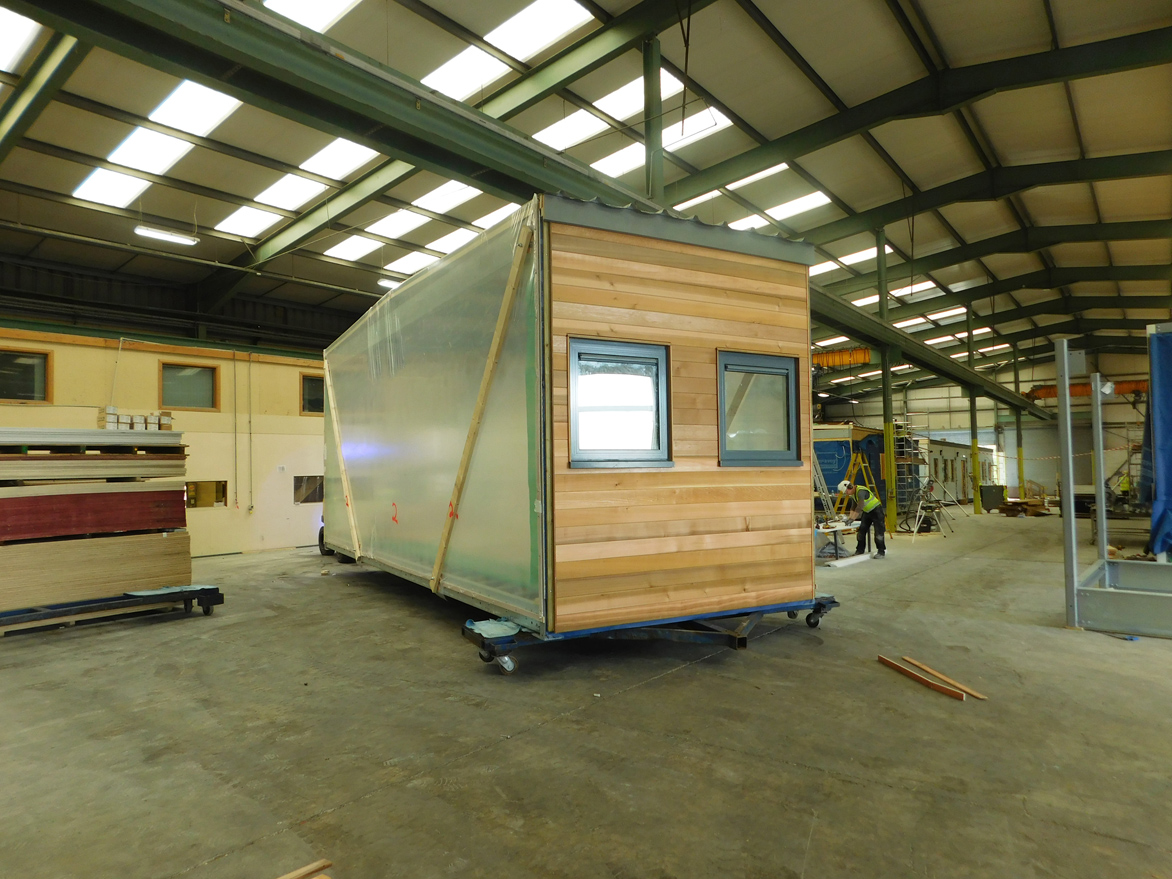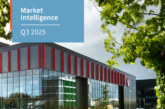At a recent roundtable event, Dean Fazackerley, Head of Technical Procurement at LHC, spoke to representatives from some of the companies that have benefitted from its frameworks to get their views on early supply chain involvement (ESI) best practice.
There has been much discussion in the construction industry about how to improve public sector procurement so that it supports better outcomes for communities, employees, businesses and the wider economy.
This was brought to the fore with the publication of the Construction Playbook in 2020, and Professor David Mosey’s independent review of public sector construction frameworks, ‘Constructing the Gold Standard’, in 2021.
The review identified early supply chain involvement (ESI) in frameworks as key to improving economic, social and environmental outcomes. ESI was also placed under the spotlight in the Construction Playbook, calling on frameworks to involve tier 1 as well as tier 2 and 3 sub-contractors and suppliers in the pre-construction phase to input into the design, costing, risk management and structuring of a project or programme.
While it could be argued that the construction industry has been slow to adopt more collaborative practices, LHC has been continuing to work with public sector organisations, contractors and suppliers more closely around ESI, to provide value not only in terms of cost savings but also for people and the planet.
To explore this issue further, Dean Fazackerley spoke to:
- Laura Brown, Business Development Manager at Tier 1 contractor Kier (LB)
- Tyron Stalberg, Bid Director at Tier 1 contractor VINCI Facilities (TS)
- Nathalie Meunier, National Business Development Director for offsite construction specialist, Premier Modular (NM)
- Wayne Yeomans, Sales & Marketing Director for portable and modular buildings supplier Algeco UK (OSS Division) (WY)
- Dean Fazackerley, Head of Technical Procurement LHC (DF)
Can you define what good early market engagement/supply chain engagement looks like to you?
Laura: I believe that good early engagement means that the specialisms around design, component integration, logistics, materials availability, and alternative compliant specifications can be brought to a project to provide best value solutions to clients — all while mitigating project risks and ensuring that project budgets are best directed where they will have the best outcomes for the project.
Wayne: In terms of the logistics of early supply chain engagement, for us it’s important to start with a capability assessment, followed by a market engagement session — done either face to face or via Teams. Next is an expression of interest to gauge interest, then a select list can be agreed and formal ITT (invitation to tender) released. Mid-tender reviews are always a good idea and, importantly, post-tender interviews.
Tyron: For me, good supply chain engagement facilitates thorough planning for a project; we can establish a proper estimation of availability, labour, and lead-in times for products. Working with our supply chain on a gold standard also means SMEs are involved. Early main contractor engagement also allows us to consider opportunities for direct delivery, apprenticeships, training and the potential for local people to be supported by VINCI Facilities.
Dean: From a framework provider perspective, we can support and facilitate clients in their early discussions with our appointed companies about their pipeline and intended projects. At LHC we typically find the earlier a client engages with our appointed companies and more open they are with their plans (even if they change), the greater the interest and market response — which can lead to a better end result.
 What does early supplier engagement do for your ability to work with SMEs and bring in local expertise?
What does early supplier engagement do for your ability to work with SMEs and bring in local expertise?
Tyron: Working with the whole supply chain to establish a gold standard means that we can involve SMEs in a project, as we have time to fully bring them in and give an indication of capacity needed — something which is typically a key issue for SMEs in particular. The long-term nature of frameworks facilitates better access to SMEs and supports the use of regional expertise and levelling up.
Laura: Gordon is right. ESI allows us to work with and upskill those that perhaps have the necessary experience but lack sufficient skills elsewhere — in areas such as health and safety, for instance. Through ESI, there is also the opportunity to provide longer programs of work for SMEs allowing them to develop their workforce, either through apprenticeships or graduate training and development.
Dean: Early engagement also allows for better bid planning and better response to tender opportunities, particularly with SMEs who have fewer resources at their disposal and have to be more selective of the opportunities they go for.
Can you outline some of the benefits of ESI?
Laura: For contractors like Kier, undertaking ESI should mean that profit isn’t eroded through dealing with matters that have not been fully developed collaboratively and transparently through the design cycle. Meanwhile, for clients, it should ensure that a project has minimal defects, as quality control has been fully included in the contractor’s proposals and a building that is completed on time and to budget.
Tyron: Yes, through ESI, contractors and clients can address issues early on and clients should be able to better understand the market.
Nathalie: ESI is critical at Premier Modular — the earlier we understand our clients’ needs, the more value we can add. Getting familiar with a project, at an earlier stage, allows us to maximise all the economic, social, and environmental wellbeing benefits of our project.
Having this early visibility allows us to engage with local communities at an appropriate stage to maximise local engagement to everyone’s benefit. If we are engaged early enough, we can do more to embrace the community. For example, we can translate their needs into our design, as well as use local suppliers/materials and workers to ensure whatever we build really delivers for the local community.
Laura: If ESI has been undertaken, the end building/product should be delivered on time and to budget, fully encompassing the client’s brief. Through stakeholder management driven by the contractor and through early contractor involvement, the community should receive a product that meets with the agreed criteria in totality.
Dean: At LHC we see the benefits of early supplier engagement first hand, both in the design of our future frameworks and with clients that engage with us early on and our appointed companies to discuss their specific requirements. ESI allows contractors to provide feedback and insight into a proposed project and identify a potential risk or challenge that the client may not otherwise have identified until later on, when the time and/or cost of mitigating it would be much greater. It also allows for more innovative approaches to be discussed before the requirement is locked down. With a shortage of labour and increasing costs, working smarter not harder is more crucial than ever.
 Is there a point in a project where early market engagement is no longer effective? How far along?
Is there a point in a project where early market engagement is no longer effective? How far along?
Nathalie: The critical step for us is not how much time we’re given, but at which stage we’re brought in during the design process. If we’re brought in prior to the planning application being developed and submitted, then we can add significant value in terms of saving cost, time and raising the game on how operationally efficient a building will be.
If we’re engaged after the planning application is lodged with a traditional method of construction, converting the design — at that stage — so it’s ‘effectively buildable’ by offsite methods, not only adds design time but, in most cases, also costs, as we have lost all DfMA (Design for Manufacture and Assembly) efficiencies.
That’s why the Government is trying to change the behaviours of public decision-makers/buyers by asking them to presume in favour of offsite when specifying their needs.
Wayne: As far as we’re concerned, if the project is already design developed to Stage 3, then it is too late.
Dean: I agree with Wayne — early market engagement is even more critical with offsite manufacturers. When considering delivering new-build projects using MMC technologies, it is crucial that manufacturers are engaged at the earliest opportunity to help support and inform design and planning applications. Even if a client is contracting with a main contractor, if MMC is being used clients should expect to bring the manufacturer to the table at the earliest opportunity to avoid complications later down the line.
To learn more about our range of public sector frameworks, speak to a local contact via: www.lhc.gov.uk/contact-us










